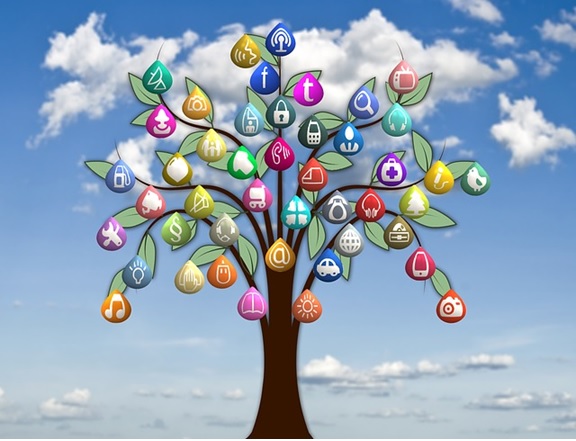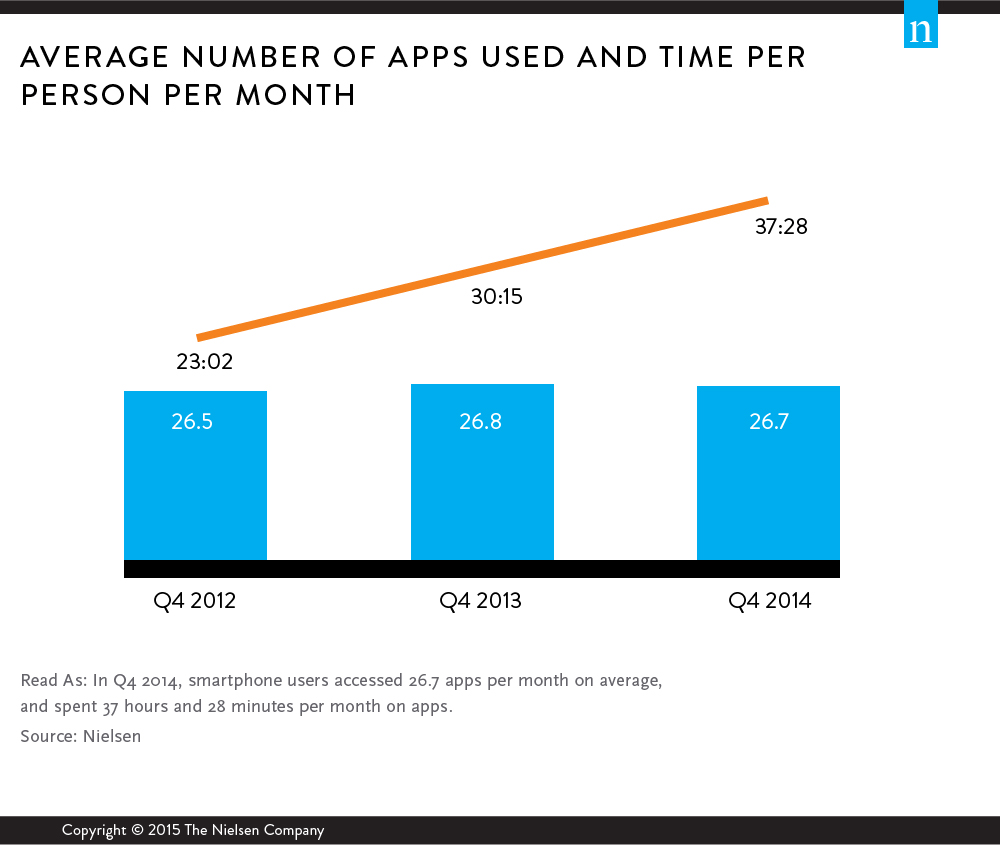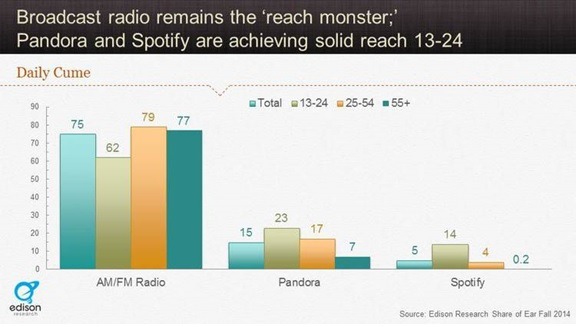 Today’s post is about one of our favorite topics – mobile apps. These little jewels have become the lifeblood of the Internet – the ways in which we better utilize the resources – utilities, entertainment, information – on our mobile devices. And as we saw clearly at CES earlier this year, the Internet of Things is powered by the connective tissue that is mobile apps.
Today’s post is about one of our favorite topics – mobile apps. These little jewels have become the lifeblood of the Internet – the ways in which we better utilize the resources – utilities, entertainment, information – on our mobile devices. And as we saw clearly at CES earlier this year, the Internet of Things is powered by the connective tissue that is mobile apps.
jācapps COO, Bob Kernen, enjoys a unique perch, guiding the company’s mobile application efforts, while helping broadcasters and other marketers gain a better understanding of the mobile app ecosphere – and how any business can participate in it to their competitive advantage.
The great thing about the apps business is that it’s hot and you never know what’s coming next. And those are the downsides, too. Because every time you turn around, something’s changed. Or another amazing must-have app has hit the store.
Bob’s charge is to keep up with that change, stay ahead of the curve, and let us know what’s what in the app space. Today he gives us a look at apps with the help of a little outside research. – FJ

The other day I was reading a story about Apple and the takeaway was that one of their biggest challenges moving forward is how to top the success its had with the iPhone 6 and 6 Plus. That’s a great problem to have. The more research I see, there’s more evidence that mobile apps are the currency of Web 3.0.
If the fact that 86% of smartphone usage is on apps, compared to only 14% on browsers, isn’t enough to convince you about how crucial mobile apps are to business in 2015, research firm Fiksu recently reported that app downloads hit a record high for the third straight month. The Top 200 free iOS apps were downloaded 9.2 million times.
So the good news is that Americans continue to use their mobile devices more and more. Time spent is up, while apps per device and apps used daily are also ascending.
New data from Nielsen confirms this. App access and usage continue to rise nearly seven years since Apple hung the “open” sign outside its App Store:
But here is the dark side of success: the cost to market those apps, drive downloads and usage, particularly over time, is growing, too. It now costs, on average, $2.10 to motivate a single user to download and then use an app at least three times. The cost per install has also grown to about $1.50. So for the average mobile app, acquiring and retaining a large number of users – the kind of numbers that make that app monetize-able – has gotten pretty expensive. And the sheer glut of mobile apps makes it even more daunting for marketers to grab the attention of all those smartphone owners.
But radio mobile apps aren’t “average” mobile apps. That’s because they come with a built in, 24/7 marketing channel called your radio broadcast. For a station with its own app, there is an incredible opportunity to encourage consumers to download and use your app. That megaphone is something that other brands have to spend big bucks in promotion and marketing in order to match. But from what we’ve witnessed, stations tend to give their app a big push when they first go live, then move on to other promotions, and then wonder why their installed base isn’t growing a whole lot.
This is about more than just devoting on-air time to promote your new app. What really makes the effort to build a great audience on mobile is giving your listeners reasons to engage with the app. Invite them to connect with you via social media, give them information on upcoming promotions, concerts and other events, let them learn more and talk back more. Create an ongoing context for this, so that it isn’t something that’s “special” but, rather, an everyday part of the communal flow of your programming.
There’s another angle here, too. The Edison “Share of Ear” shows that outside marketers in need of fast app downloads should look no further than AM/FM radio as a solution.
Your salespeople could be marketing your station’s ability to harness the power of what Edison calls “The Reach Monster.” Is there a more efficient way for any consumer brand to generate downloads than radio?
We see the metrics every day here at jācapps. When stations are promoting their apps, downloads immediately spike. When they do it over a period of time – think about a “campaign flight” – downloads are beyond impressive.
So whether it’s for your own app – or as a way to help advertisers drive downloads for their apps – there’s no better, more efficient, and more effective “megaphone” than broadcast radio.
Broadcast radio and mobile apps are a great pairing.
Email Bob Kernen here.
- Can Radio Afford To Miss The Short Videos Boat? - April 22, 2025
- Media And Technology In 2025: Believe It Or Not! - April 18, 2025
- In Radio, You Just Never Know - April 17, 2025






Totally agree with you. Its an app world. Mobile apps are certainly very important for every business to flourish in the modern age. Most people in the present day, prefer shopping and browsing on their mobile phones, because it is more convenient than desktops and laptops.
Thanks for this interesting post!
Hi! Great article, the author did a very good job! Indeed, nowadays having a mobile app is a must for any serious business, because it is the best and most convenient way for most users to contact your business. I agree that for some types of business it is not absolutely necessary, but there are far fewer such cases than when having a mobile app is simply necessary)